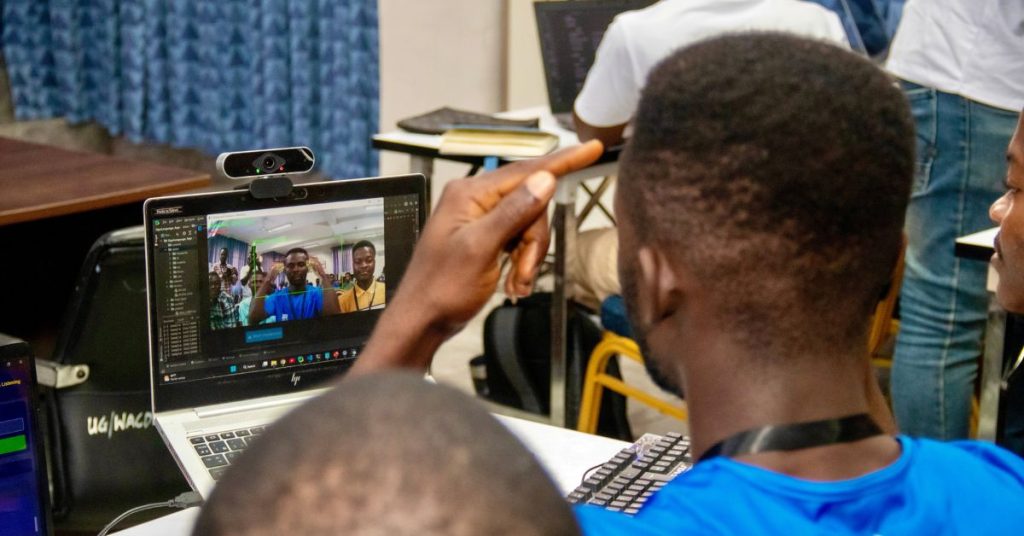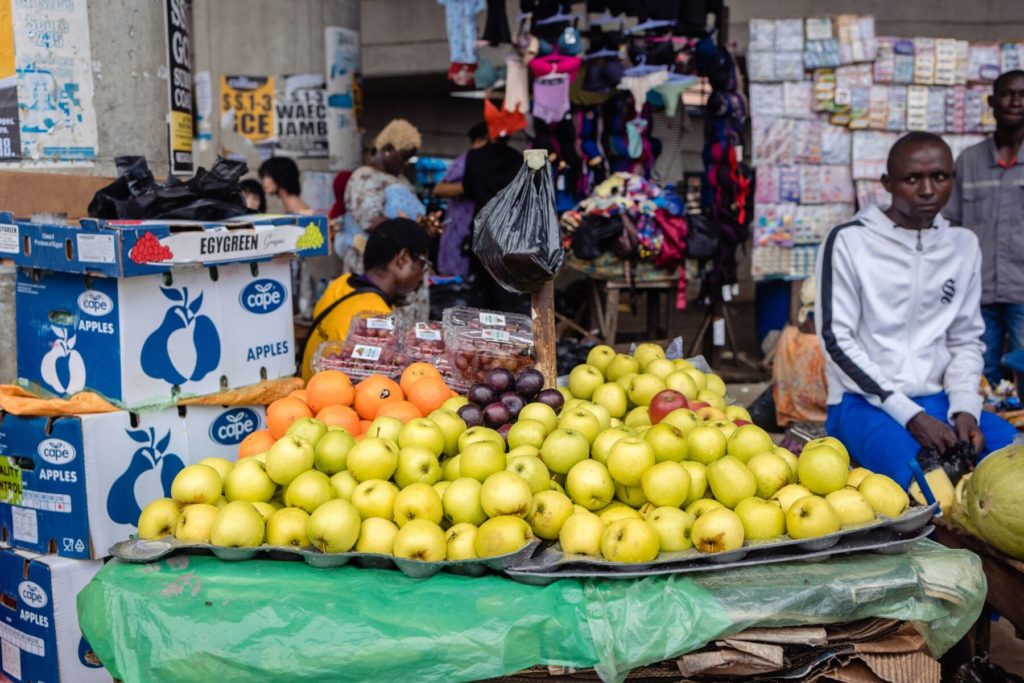In the late 90s and early 2000s, TV was the peak form of leisurely entertainment in South Africa and ads had a high return on investment for advertisers. But from the late 2000s, as viewers went from watching big boxes in their living rooms to watching little boxes on their palms, TV’s attractiveness as an advertising medium has continued to wane.
Broadcasters like state-owned SABC are feeling the bite, reporting R600 million ($33 million) in reduced advertising revenues in 2023. Multichoice, owners of pay-TV service DStv, also recorded a 7% decline in advertising revenue in its latest annual results, stating that “SA TV advertising came under pressure from the ongoing competitive pressures from digital online channels.” The broadcaster also blamed the impact of weak macro trends such as inflation and currency devaluation on marketing budgets and TV ratings.
Back in the day, advertisers would pay whatever broadcasters charged to place their ads on prime-time TV slots. But a changing viewership landscape, driven by cord-cutting and the rise of digital advertising mediums, has seen the once almighty TV broadcasters scrambling to survive the migration of advertisers’ rands to digital platforms.
According to the 2023 Kantar Media Report, globally, TV fell from being advertisers’ third most preferred advertising medium to 12th. The Media Box, a 24-year-old television advertising agency based in Johannesburg, South Africa, initially focused on offering just TV advertising. The model worked well at the peak of TV in the late 90s and early 2000s but by the late 2000s, the agency saw the changing viewership landscape.
According to managing director Marius Wannenburg, The Media Box started offering digital advertising for clients in 2010 as social media proved to be a mainstay with consumers. “Companies who want high-value leads have shifted their spend from TV to digital media,” Wannenburg told TechCabal.
Digital advertising offers more for less
A 30-second TV ad can cost more than R2.5 million($136,000) to produce and place on TV channels. Advertisers only have to spend a fraction of that in digital advertising because consumers of digital advertising “don’t have any production value expectation–they simply want to be entertained,” said Mannenburg.
Digital advertising is also more measurable, helping advertisers know exactly how ads are performing.“TV is falling victim to these data-focused channels and the deeper engagement of in-person touch points,” said Matthew Arnold, chief connections officer at VMLY&R, a South African advertising agency.
Another selling point for platforms like YouTube, TikTok, Facebook and Google is that they can give advertisers access to billions of eyeballs globally. With this huge audience and good old economies of scale, the platforms can offer pricing which is a fraction of the cost of advertising on TV.
According to Rob Smuts, CEO of RMS Media, insights like conversion volumes, conversion rates, click-through rates, and cost per acquisition which are offered by digital platforms are also important sell points. These metrics allow advertisers to personalise and target ads more precisely, something TV advertising cannot offer as it “broadcasts the same message to a broad audience, regardless of individual preferences or behaviours.”
All is not yet lost for SA TV
In its latest annual results, South African TV broadcaster eMedia recorded a profit of $17 million, showing that there is still bank to be made in TV advertising. Free-to-air broadcasters such as eTV continue to offer value to advertisers because access to the internet for social media and streaming remains a challenge, especially for low-income groups.
Multichoice on the other hand, stated that to resurrect the declining DStv revenues, it would leverage popular sports events, bringing in new clients to TV via its small and medium enterprise initiatives, and driving uptake of the group’s digital advertising channels.
To hedge against digital advertising’s surge at the expense of TV’s decline, some South African broadcasters are also moving ad sales in-house to block ad agencies like The Media Box from offering alternative digital advertising options to advertisers.
“But companies will continue to allocate more of their ad spend towards digital because that market sector continues to grow,” said Mannenburg.











